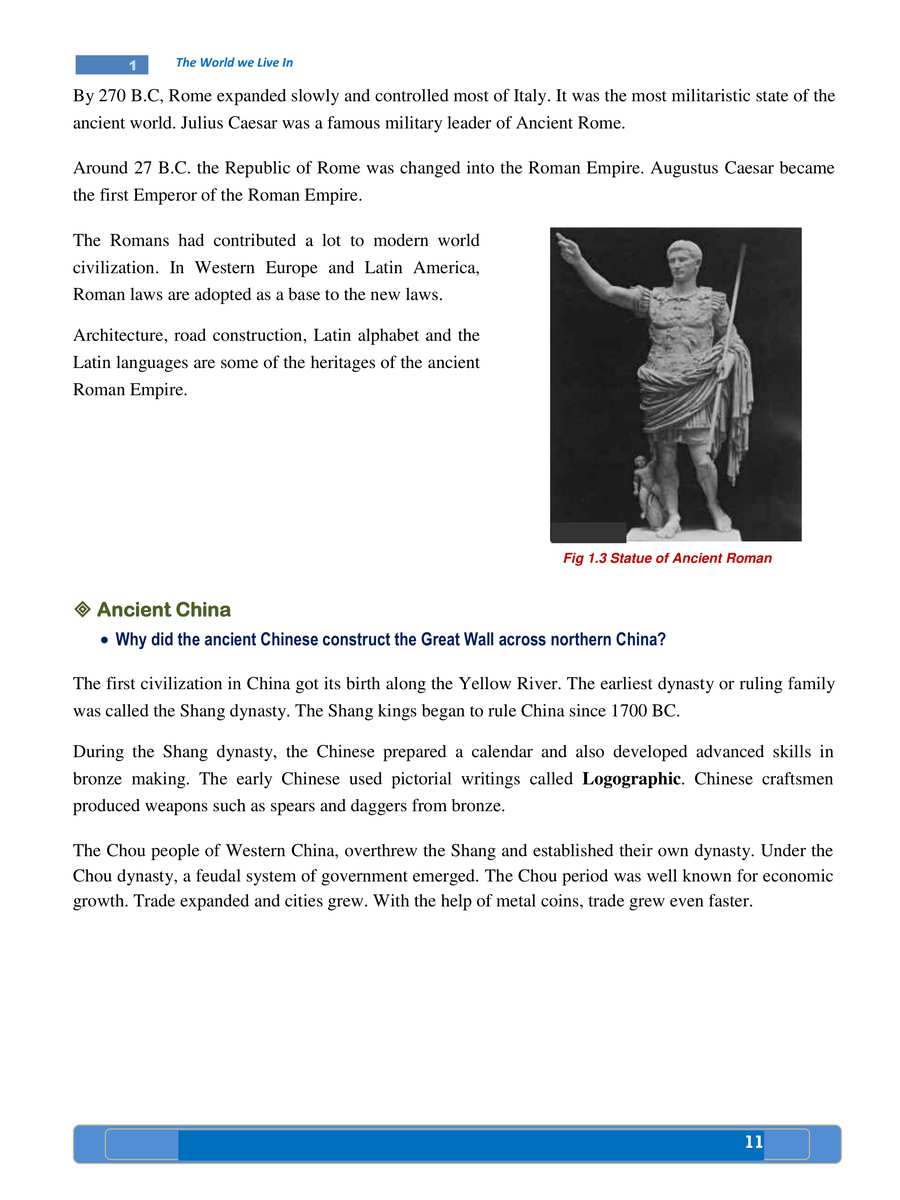
In the Early Modern Period, European maritime vessels undertook treacherous oceanic journeys that were both expensive and filled with dangers. A notable instance of such an adventure is Ferdinand Magellan’s notorious first circumnavigation from 20 September 1519 to 6 September 1522, which commenced with five ships and approximately 270 sailors. Only one ship returned, carrying a mere 19 survivors; Magellan was among those who did not make it back.
While frequently labeled as the age of discovery, it was more accurately described as an era of exploitation, with commercial goals propelling these ventures more than the simple quest for new territories. European voyages, including those led by Vasco da Gama, Christopher Columbus, and Magellan, were chiefly focused on breaking the Arabic control of the spice trade between Asia and Europe. Later pursuits for a North-East or North-West passage aimed at finding a shorter route to Asia.
These journeys demanded political and financial support, requiring campaigns to attract potential investors. A key supporter of England’s North American voyages and the inception of its empire was the geographer Richard Hakluyt (1552?–1616). John Dee had earlier advocated for the British Empire concept, but Hakluyt greatly elaborated on these notions.
Richard Hakluyt, originally from Herefordshire, received his education at Westminster School and Christ Church College, Oxford. His enthusiasm for exploration was sparked during childhood visits to his cousin, who familiarized him with maps and cosmography. This fascination led him to pledge to engage in geographical studies if he ever entered university. After earning his MA, he commenced lecturing on geography and emerged as a pioneering figure in English travel literature and the advocacy of maritime exploration.
Hakluyt’s dedication to publishing narratives of exploratory voyages resulted in significant works, such as “The Principall Navigations, Voiages, and Discoveries of the English Nation” (1589), an extensive collection of travel narratives comprising three volumes and exceeding 1.76 million words. This landmark work, dedicated to important individuals like Sir Francis Walsingham and Robert Cecil, was crucial to England’s maritime heritage and imperial aspirations.
In addition to his writings, Hakluyt actively participated in organizations like the Virginia Company, which sought to establish English colonies. He backed explorers through his patronage and translations of key texts, including Hugo Grotius’s “Marie Liberum.” Hakluyt’s substantial efforts in promoting and chronicling maritime exploration established a legacy comparable to that of his contemporaries in navigation and literature, profoundly influencing England’s global stature during the period.